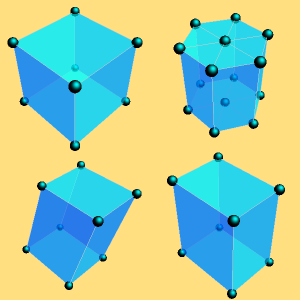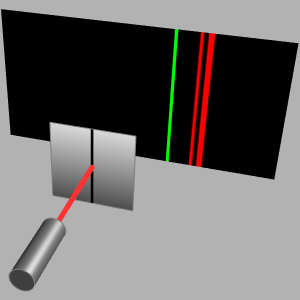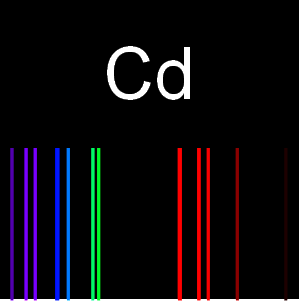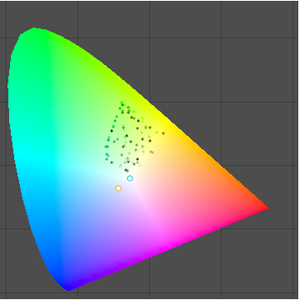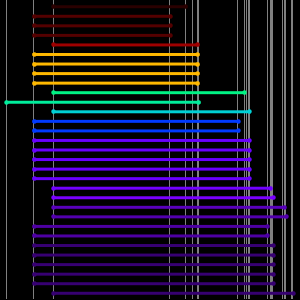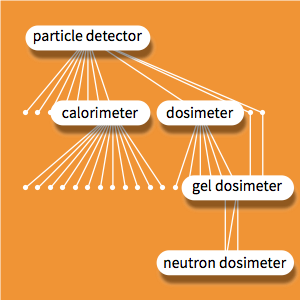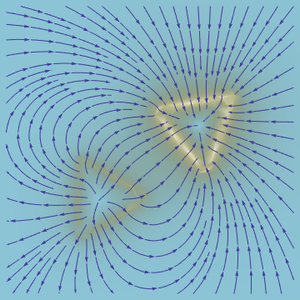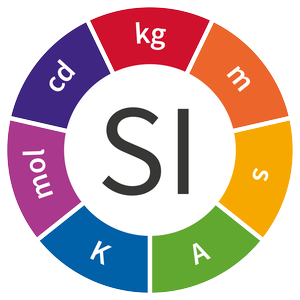The New SI
Starting on May 20, 2019, the definitions of most of the SI (Système international d'unités) units changed. In particular, references to materials (like the triple point of water to define the kelvin of the temperature scale) or references to the artifacts (like the platinum-iridium kilogram prototype) were eliminated and the seven base units (second, meter, kilogram, ampere, kelvin, mole and candela) were defined through physical constants. Here is the official document: 9th edition of the SI Brochure. The physical constants used for the SI are given by the following.
Here is a table of their pre-2019 values. The Planck constant, the elementary charge, the Boltzmann constant and the Avogadro constant had inexact (experimentally measured) values.
All of these constants now have exact values. For example, here is the new exact value for the Planck constant (when measured in SI units).
And here is a table showing the new exact values for all base SI constants.
These exact values of the seven constants implicitly define the values of the seven SI base units. These are the seven defining equations.
This defining set of equations can be "solved" for the seven base units and as a result they are expressed through the constants.
Expressing the units through the constants results in integers and rationals with many digits. In 2017, the values of the constants were chosen in such a way that no practically relevant discontinuities in the sizes of the kilogram, the ampere, the kelvin and the mole will occur.
Slightly better to remember are the factored forms of the occurring integers.







